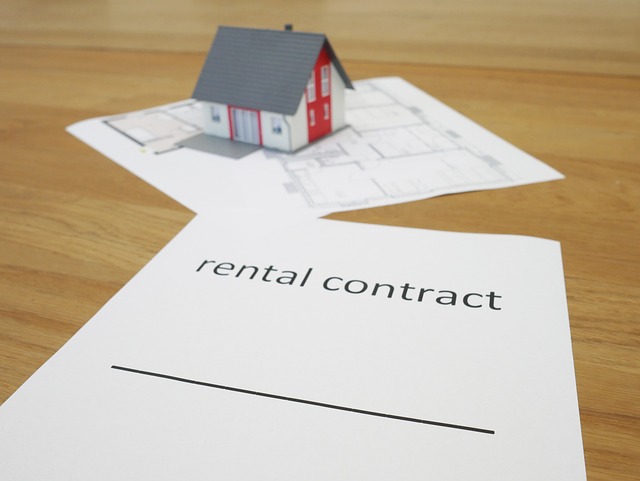Understanding Rent-to-Own Homes: A Comprehensive Guide
Rent-to-own homes offer a unique path to homeownership for those who may not qualify for traditional mortgages or need time to build up their financial resources. This alternative arrangement combines elements of renting and buying, providing potential homeowners with a flexible option to transition from tenant to property owner. Let's explore the ins and outs of rent-to-own homes and how they might benefit aspiring homeowners.

How does the rent-to-own process work?
The rent-to-own process begins with a tenant and property owner entering into an agreement. The tenant pays an option fee, which is often a percentage of the home’s purchase price, to secure the right to buy the property later. During the lease period, which can range from one to five years, the tenant pays rent that includes an extra amount credited towards the down payment or purchase price. At the end of the lease, the tenant can choose to buy the home using the accumulated credits or walk away from the deal.
What are the benefits of rent-to-own homes?
Rent-to-own homes offer several advantages for both buyers and sellers. For potential buyers, this arrangement provides time to improve credit scores, save for a down payment, and experience homeownership before fully committing. It also locks in the purchase price, protecting against rising property values. Sellers benefit from a steady income stream and the potential for a sale without the need for traditional real estate listings. Additionally, tenants often take better care of the property, knowing they may eventually own it.
Are there risks associated with rent-to-own agreements?
While rent-to-own homes can be advantageous, they come with potential risks. Tenants may lose their option fee and accumulated credits if they decide not to purchase or can’t qualify for a mortgage when the lease ends. There’s also the risk of the property losing value, leaving the tenant obligated to pay more than the home’s current worth. For sellers, the main risk is the uncertainty of whether the tenant will follow through with the purchase, potentially tying up the property for an extended period.
How to find legitimate rent-to-own opportunities?
Finding legitimate rent-to-own opportunities requires careful research and due diligence. Start by searching real estate listings specifically for rent-to-own properties or contacting local real estate agents who specialize in these arrangements. Online platforms dedicated to rent-to-own homes can also be valuable resources. It’s crucial to work with reputable companies or individuals and have all agreements reviewed by a real estate attorney to ensure the terms are fair and legally sound.
What should be included in a rent-to-own contract?
A comprehensive rent-to-own contract is essential for protecting both parties’ interests. Key elements to include are the option fee amount, purchase price or method of determining it, length of the lease term, monthly rent amount, portion of rent credited towards purchase, maintenance responsibilities, and conditions for terminating the agreement. The contract should also specify what happens if the tenant decides not to buy or fails to qualify for financing at the end of the lease term.
Rent-to-own homes provide a unique pathway to homeownership, bridging the gap between renting and buying for many aspiring property owners. By understanding the process, benefits, and potential risks, individuals can make informed decisions about whether this option aligns with their long-term real estate goals. As with any significant financial decision, it’s advisable to consult with legal and financial professionals before entering into a rent-to-own agreement to ensure it’s the right choice for your specific situation.






